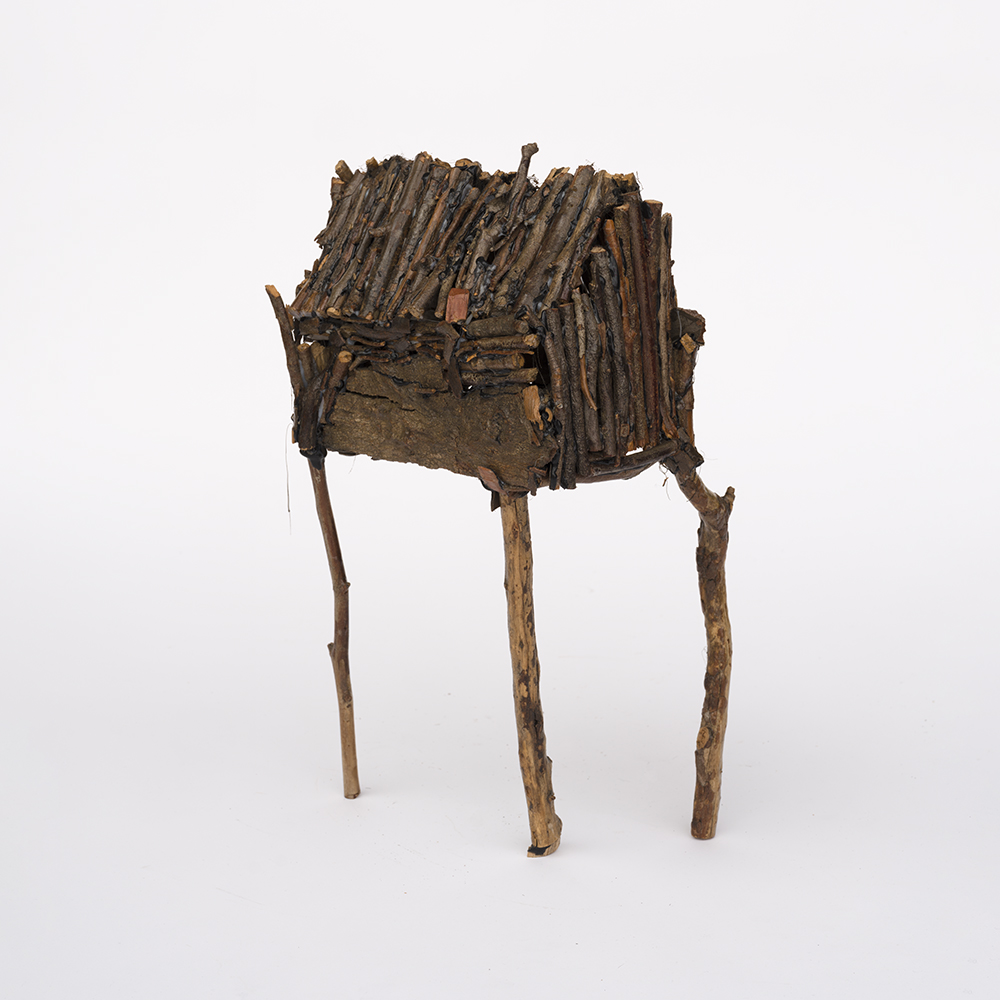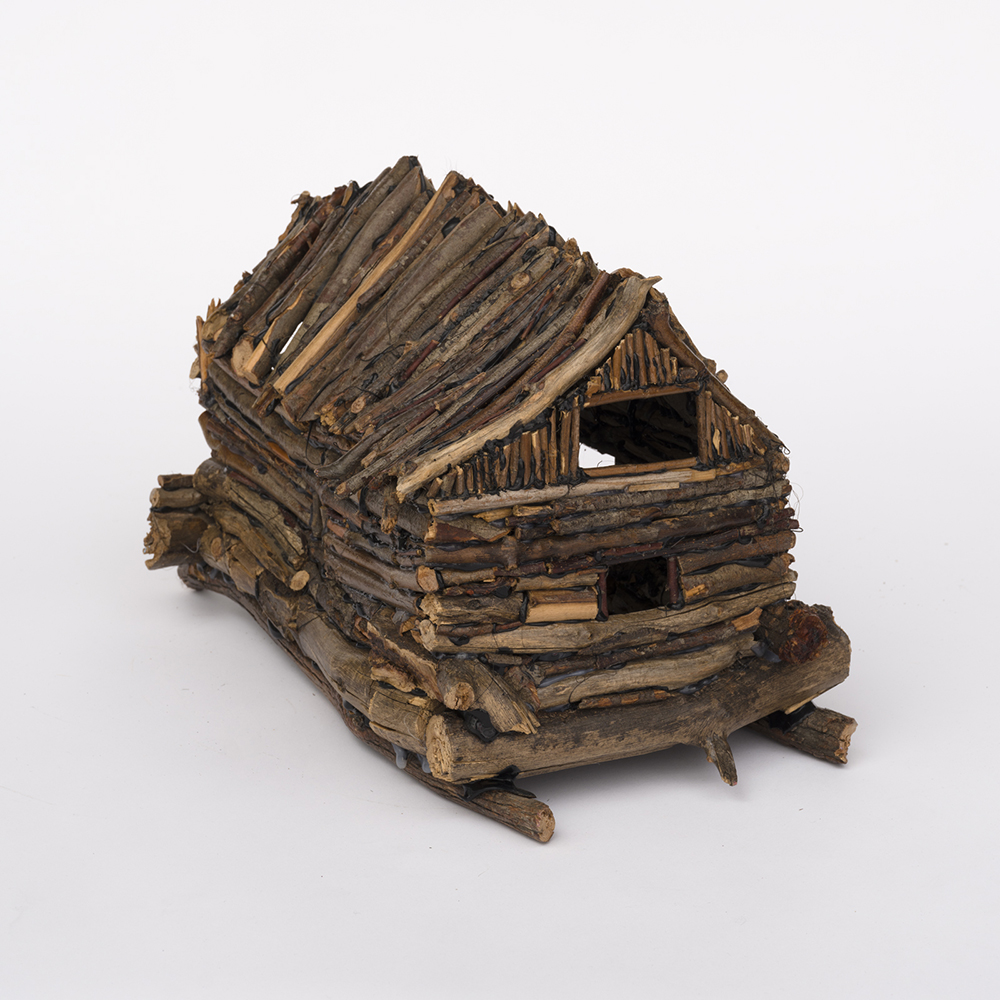Don’t be fooled by the name: The Pit in Atwater Village is a snake-free, gleaming, new 13,000 square-foot space, zippy with colorful work. After the first two galleries, there was a huge room devoted to “Cognitive Surge: Coach Stage,” a striking, memorable show of paintings, drawings and sculptural installations done individually and together by Los Angeles artists Paul McCarthy and Benjamin Weissman, two old friends and longtime collaborators.
Acrylics on paper by Weissman abutted those on canvas by McCarthy in this densely packed exhibition. Individually, each artist contributed a hefty 3D piece that took up part of the floorspace, while large canvases occupied three walls, with Weissman’s carefully rendered figures (in charcoal, oil pastel and ink on acrylic-gessoed paper) contrasting with McCarthy’s violently gestural abstracts. The two also collaborated on dozens of black-and-white drawings grouped together on one large wall.
In The Pit’s press release, artist Reuben Merringer describes the two men as involved with “the abject, the grotesque, the surreal, the repressed, the crazed.” That’s a pretty accurate list of adjectives for what one sees. The collaborative drawings certainly represent the “abject and grotesque” parts of their sensibilities. Filled with scrawled penises and “fucks,” they mark out and inhabit a scatological space that will feel excitingly liberating to some, drearily adolescent to others. More to my taste were the “surreal, repressed” parts of the terrain Merringer maps, represented by Weissman’s 10 large canvases and his sculptural installation of toy-sized wooden huts, Hamlet (2022–24).

Benjamin Weissman, Hamlet, 2022–2024. Photo: Jeff McLane. Courtesy of The Pit.
Weissman’s little village grabbed my attention right away. I thought: Somebody else remembers playing with Lincoln Logs! But the huts are made not of notched log-shaped blocks but of rough wooden sticks held together with resin and glue. Each hut is slightly irregular, and some have paths, little gardens or other bits of homemade fussiness. It was impossible not to imagine Grimms fairy tale characters living here among various shades of brown—or that they did until very recently; the hamlet seemed freshly evacuated, a perfect set for a spooky dream. Even as one inspected it, the piece’s mood transformed from the cozy to the death haunted. Could the absent hamlet-dwellers have been taken away?
Hamlet suggests why Weissman’s work is the sort that tends to stay in one’s mind: It contains enough paradox to transform itself as one looks at it. His paintings achieve a similar effect, but in the opposite way. They’re almost overfilled with color, faces and text. But like the empty huts in Hamlet, the multiple figures in his paintings subvert any sense of comfort by returning repressed history to a contemporary situation.
For example, in Weissman’s Holiday (2023), a large canvas floats a carefully drawn elder standing behind a box of Yehuda Matzos as a bottle of Manischewitz hovers to his right. Yet this figure, framed as a painting-within-the-painting, is being carried away by workmen. Above them, we see a Christmas tree and a fireplace. Something uncomfortable about Jewish identity within gentile culture looms over this painting—possibly over the whole show. (What really happened to those hamlet-dwellers after they were taken away?)
At its best, that’s what “Cognitive Surge: Coach Stage” does: It invites the viewer into the contemplation of the dreadful secrets that might lie behind bright colors.


